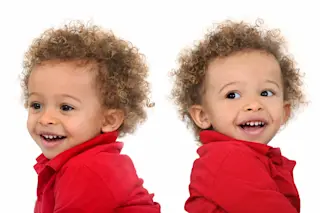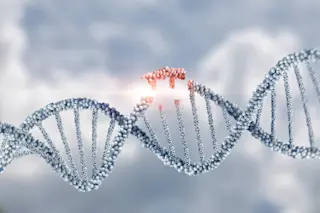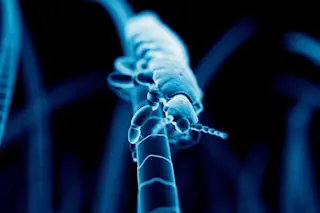I was pointed today to a piece in the BBC titled What makes a mixed race twin white or black?. The British media seems to revisit this topic repeatedly. There are perhaps three reasons I can offer for this.
First, it tends toward sensationalism. Even though the BBC is relatively staid, when it comes to science it converges upon the tabloids. Second, because the number of non-whites in Britain is relatively small, there is a higher proportion of intermarriages between minorities and the white majority (from the perspective of minorities). This is especially true of people of Afro-Caribbean ancestry. So of the proportion of minorities a larger fraction are recently mixed in Britain than in the USA. Finally, the United States has a more complex attitude toward race relations than the United Kingdom, because the former has traditionally had a large non-white minority while the latter has only had so ...














